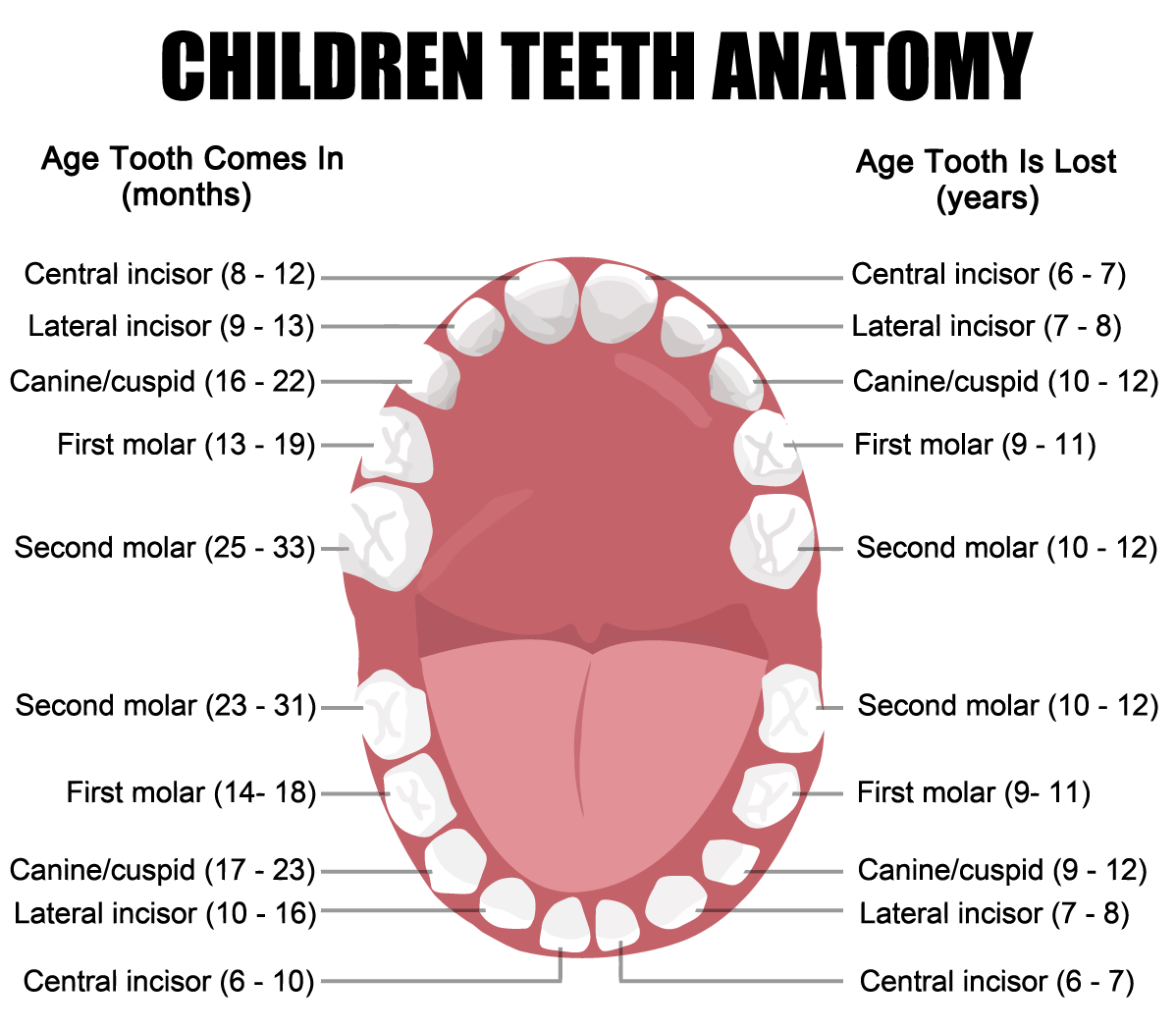Frequently Asked Questions
What is a pediatric dentist?
A pediatric dentist attends two additional years of specialized education after they complete their general dentistry requirements. These extra two years prepare the dentist to care for children’s unique oral health needs.
Why should my child see a dentist at such a young age?
According to the American Academy of Pediatric Dentistry, tooth decay is the most common childhood disease. Tooth decay can start as early as 6 months of age and can progress very quickly. If left untreated, tooth decay can cause permanent damage to adult teeth.
How often should my child see a pediatric dentist?
The American Academy of Pediatric Dentistry recommends that children start seeing a dentist every six months beginning before their first birthday or once their first tooth emerges.
Why use dental sealants?
Although fluoride use has greatly reduced the incidence of cavities in children, its success is limited in the deep pits and fissures. The physical barrier that the sealants provide is an invaluable form of protection against cavities in the pits and fissures.
Why have I heard that thumb sucking and a pacifier are harmful to a child’s teeth?
Thumb sucking or a pacifier habit can become problematic if a child continues the habit for too long. We will evaluate your child’s teeth and discuss methods to help you break your child’s habit.
What do I do if my child falls and knocks out a tooth?
Try to stay as calm as possible and follow our helpful tips.
- Handle the tooth as carefully as possible. Try not to touch the root of the tooth (the yellow part that goes underneath the gums), try to only touch the crown (the white part) of the tooth.
- If the tooth is dirty, hold it by the crown and rinse it with milk. If milk is unavailable, rinse the tooth with water.
- Do not wipe the tooth with a washcloth or any type of fabric.
- Make sure the tooth is facing the right way and try and put the tooth back into the socket if it’s not visibly dirty. In many cases, it will slip right in. If the tooth doesn’t go into place easily, then keep it as moist as possible.
- Drop it into a glass of milk. If milk is unavailable, use saliva or water.
- Get to the dentist as soon as possible.
How come I was told that my child needs x-rays?
If a child’s back molar teeth are in contact with each other, we are unable to determine if there are cavities starting between the teeth. Radiographs or x-rays are the only way to determine interproximal cavities or cavities between the teeth and the extent of the disease process. This is an important aspect of treatment when recommended by the doctor and is imperative for proper diagnosing.
How do I make sure my child isn’t afraid of the dentist?
Always emphasize that dental visit is a positive experience. Explain that visiting the dentist helps maintain good oral health. By fostering a positive attitude, you’ll increase the chances that your child will see a dentist regularly throughout their life.
What is the proper way to brush my toddler’s teeth?
- Use a pea-sized amount of an ADA-accepted fluoride toothpaste and make sure that your child doesn’t swallow the toothpaste.
- Use a soft bristled toothbrush and angle it at the gumline. Brush gently back and forth.
- Clean the inside, outside and chewing surface of your child’s teeth.
How come I need to floss my child’s teeth?
You should be flossing your child’s teeth once they are touching. The surface of the tooth that touches the adjacent tooth will collect and harbor food and bacteria. The only way to properly clean between the teeth is with dental floss. If baby teeth are not flossed, the bacteria will stay between them and cavities will begin to form. Infections and more serious complications can arise from not cleaning between the teeth.


